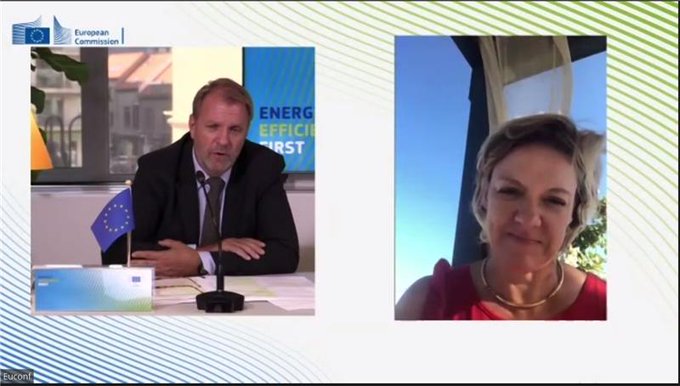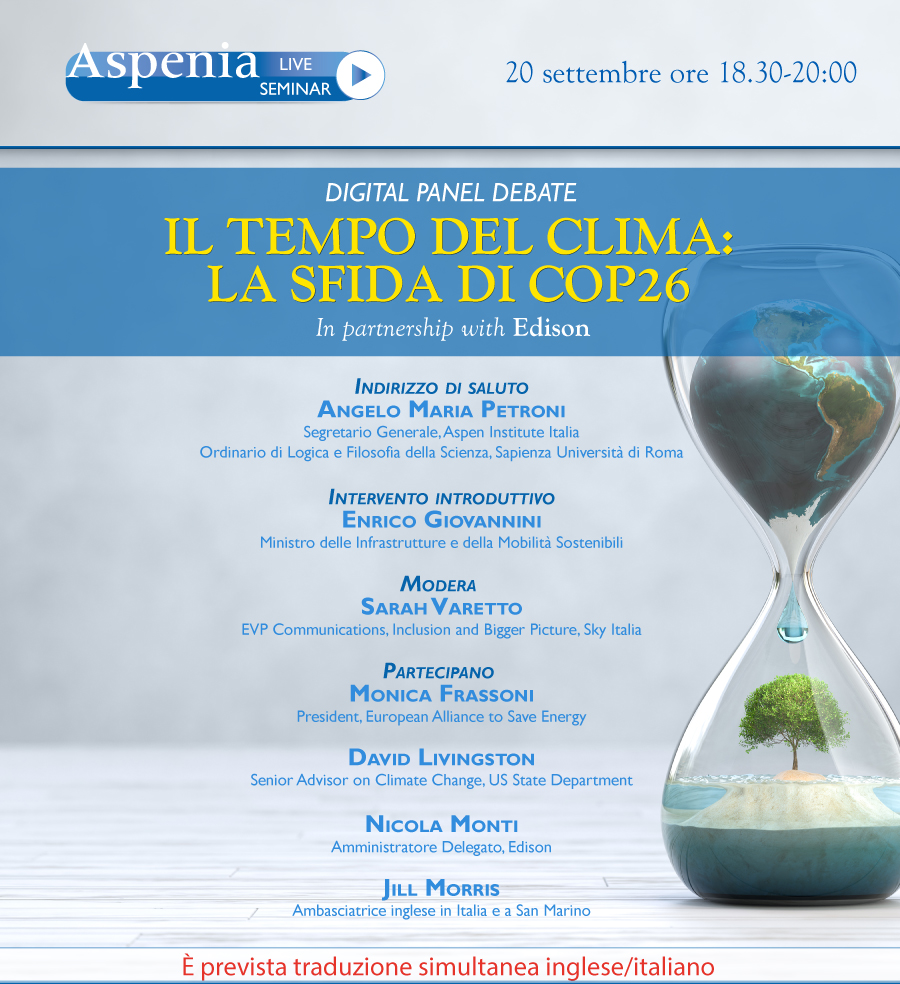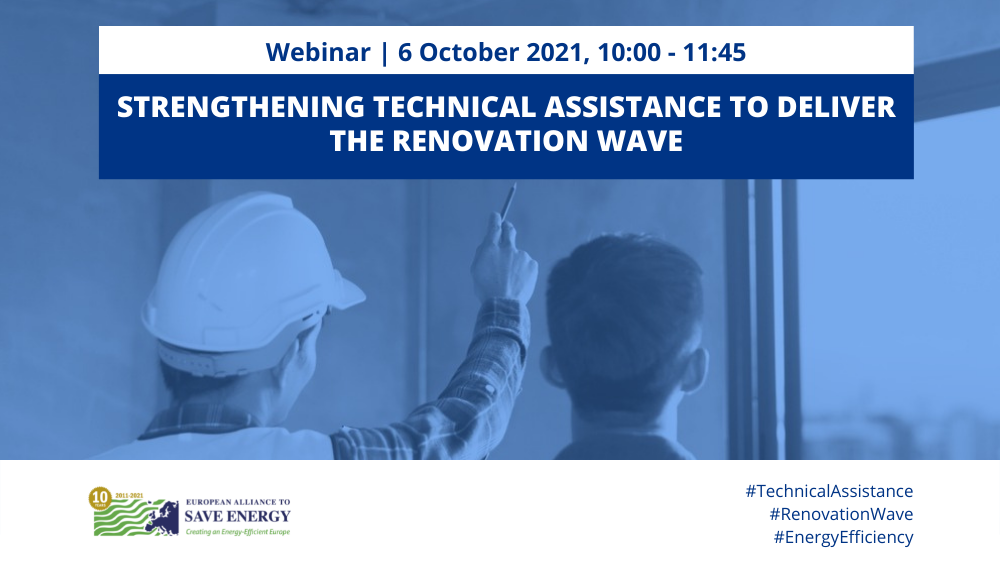To build a sustainable future we need to start from buildings

In Brussels we tend to say that every year is particularly poignant and key. This year it’s true. The European Commission’s milestone Fit For 55 package really is a unique opportunity to thoroughly revisit the European climate and energy policy framework, which in turn will lay the foundation for success – or failure – in meeting the 2030 and 2050 targets at the heart of the EU Green Deal.
A substantial part of the EU’s potential – or obstacle – in meeting its decarbonisation targets – sits in the building stock. Buildings account for 40% of Europe’s energy consumption and 30% of its CO2 emissions. That is why we need a strong recast of the Energy Performance of Buildings Directive (EPBD). The building stock in the EU must be transformed to be highly energy efficient and decarbonised before 2050 and unlock substantial other benefits, such as improved health and indoor environmental quality.
A strengthened EPBD must focus more on both new and existing buildings, and of course depart from energy efficiency.
We are far from being on track. To date, the EPBD has mostly focused on the operational energy performance of new buildings whereas progress on existing buildings, i.e., the vast majority of the building stock, has been limited. It follows that a strengthened EPBD must focus more on both new and existing buildings, and of course depart from energy efficiency. An integrated and coherent set of measures at building level will significantly reduce buildings’ overall energy needs, so remaining energy needs can be more readily and cost-effectively supplied via renewables. Ultimately, we need to make sure the building is plugged into the overall energy system, empowering owners and occupiers to better manage their energy consumption and contribute more meaningfully to wider issues such as peak-lopping and demand response.
Stronger EU rules on buildings are key to allow Europe to meet the Paris Agreement, but will also help grow our economies, create jobs, and improve living spaces for citizens. In a word: to build a sustainable future.
Julie Kjestrup
Head of EU Affairs
Danfoss




